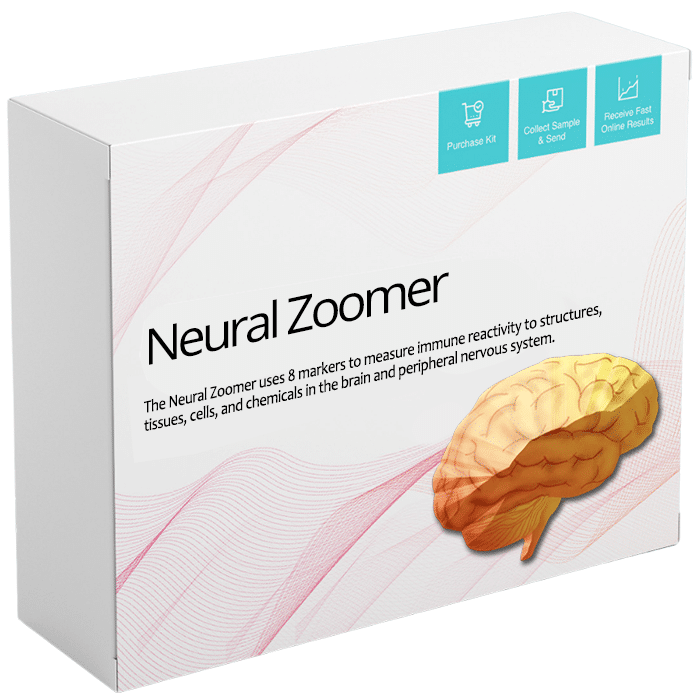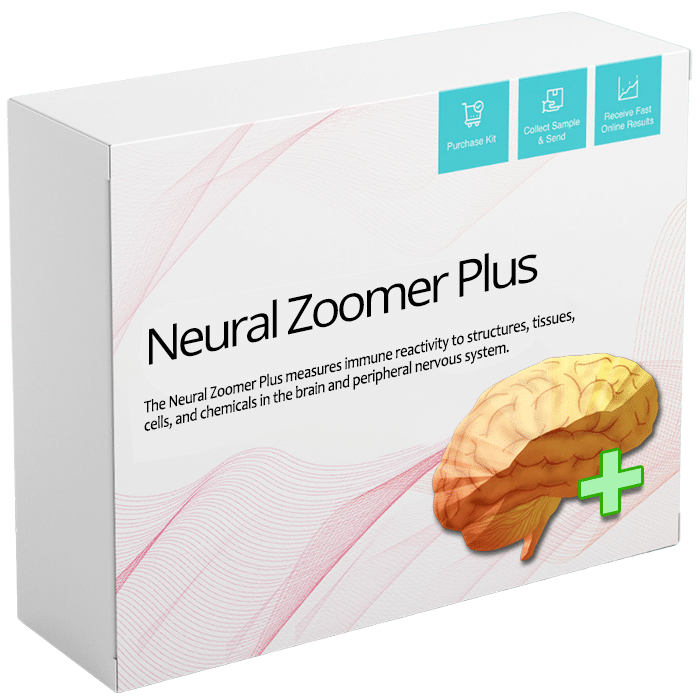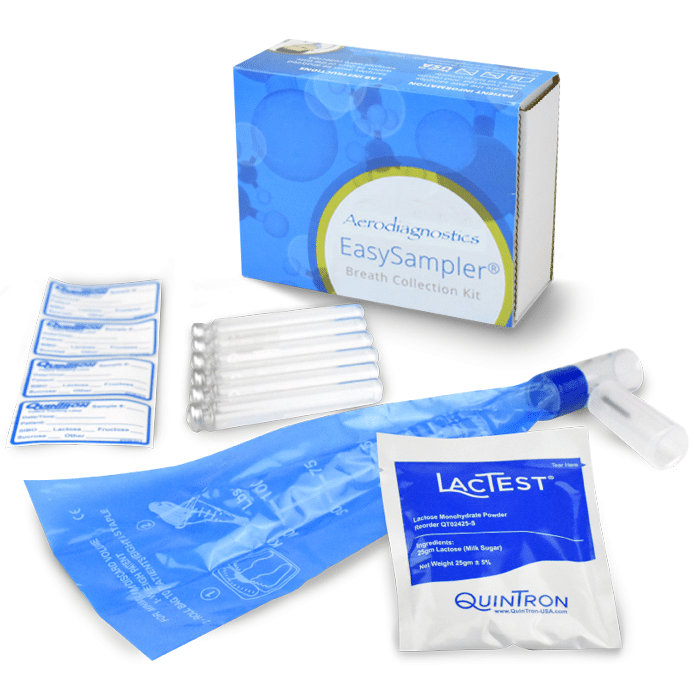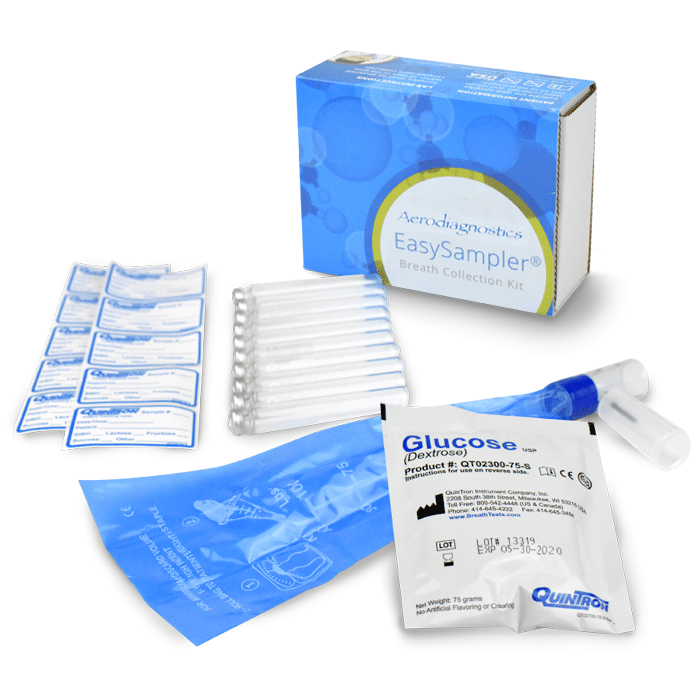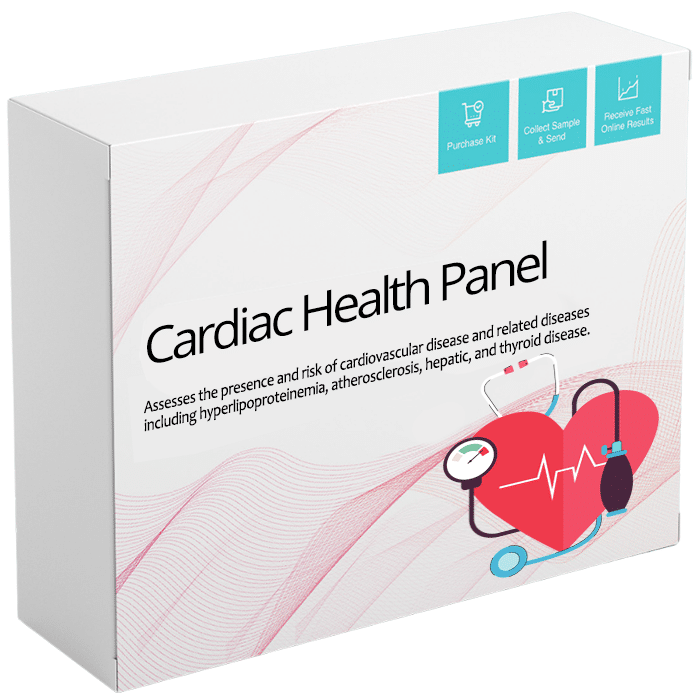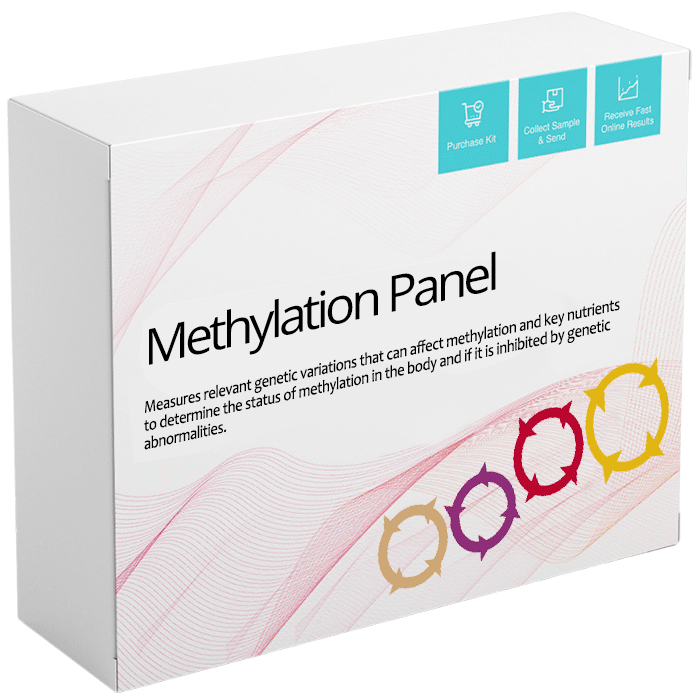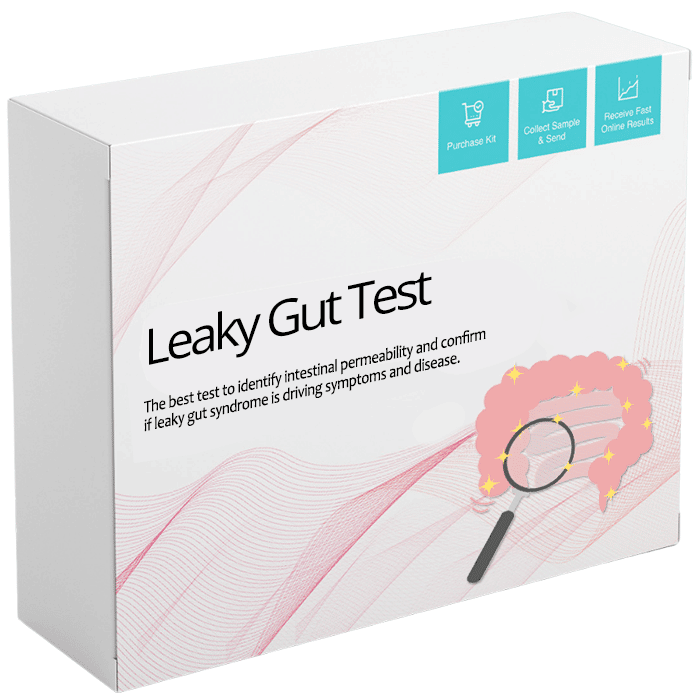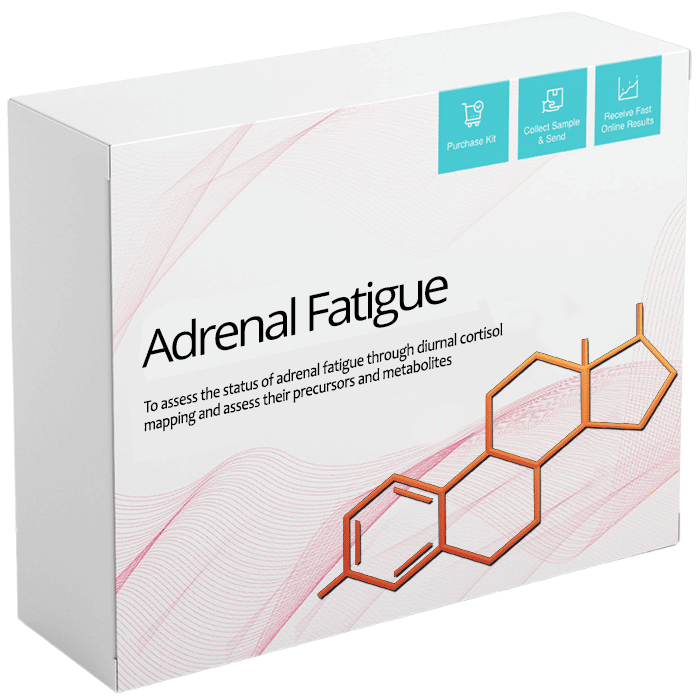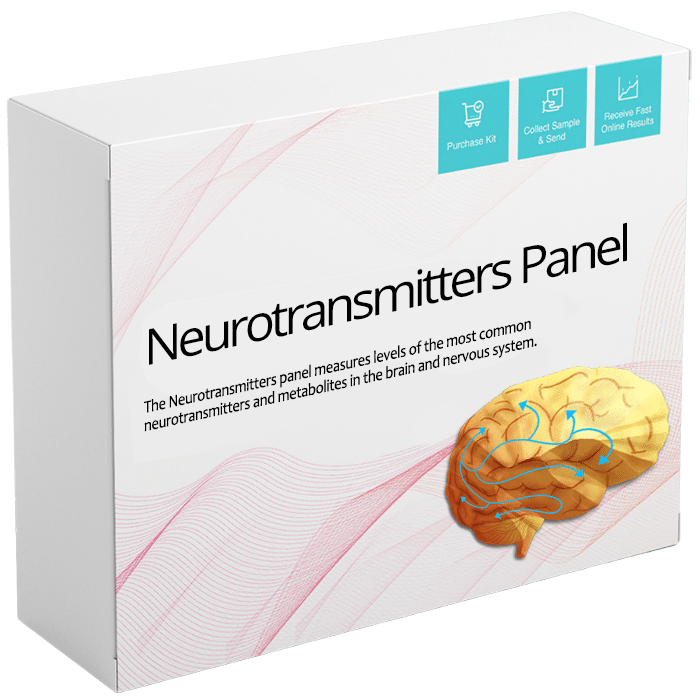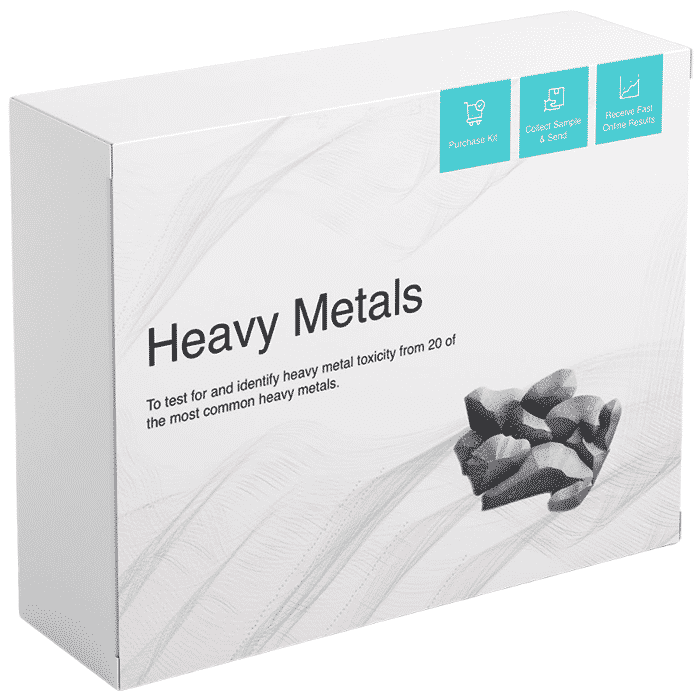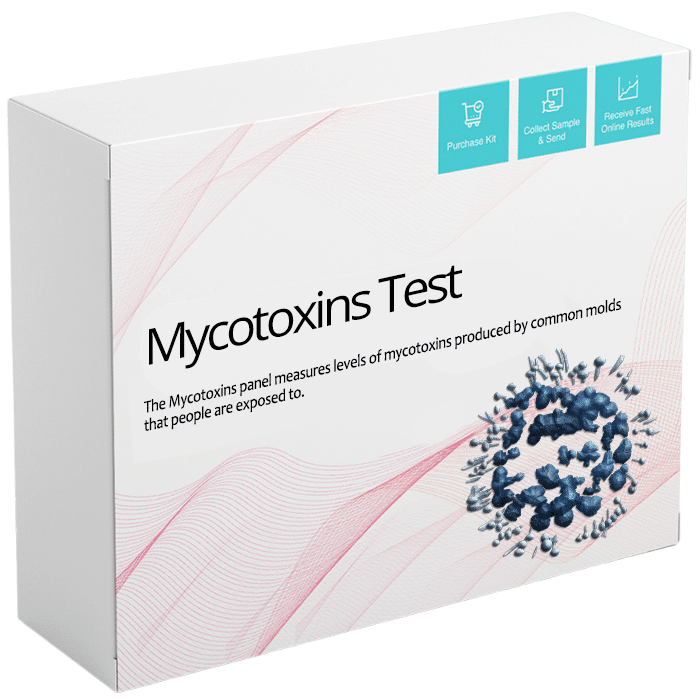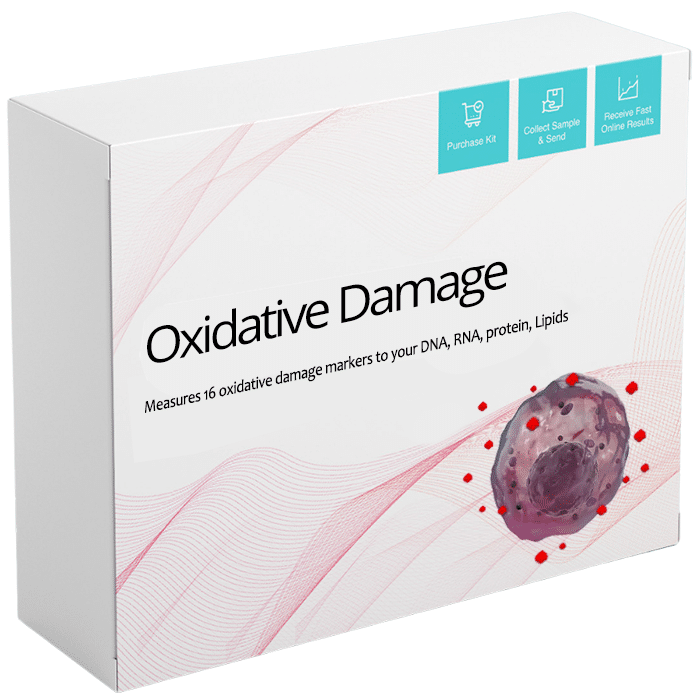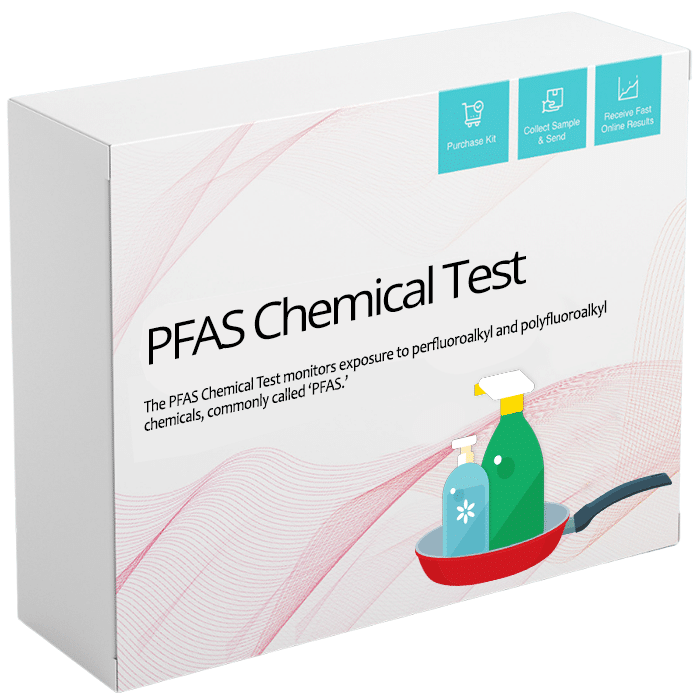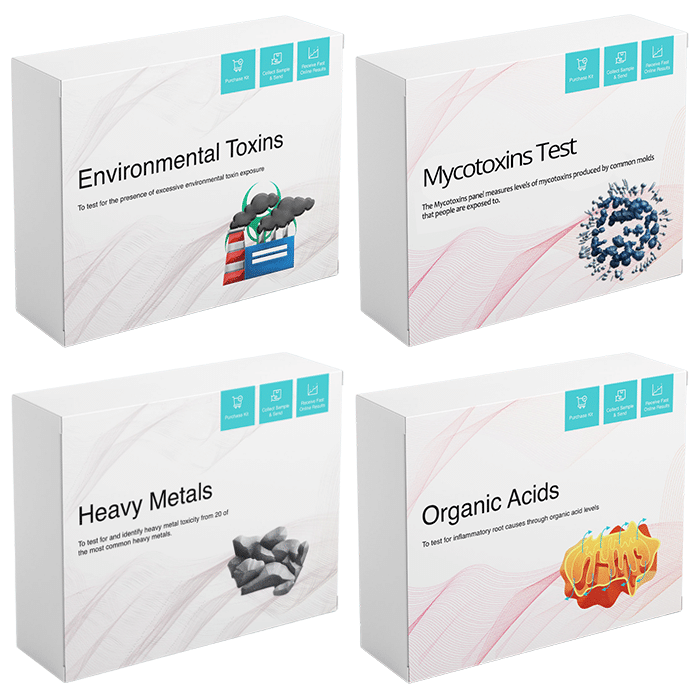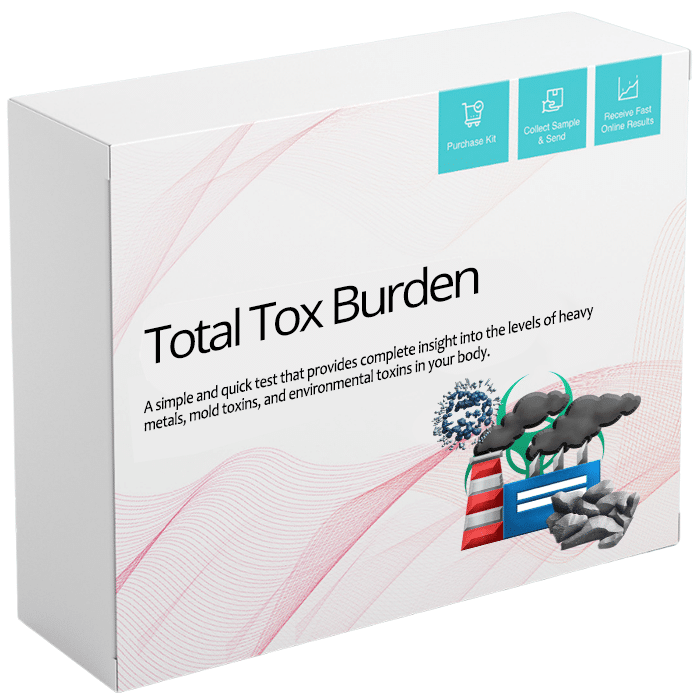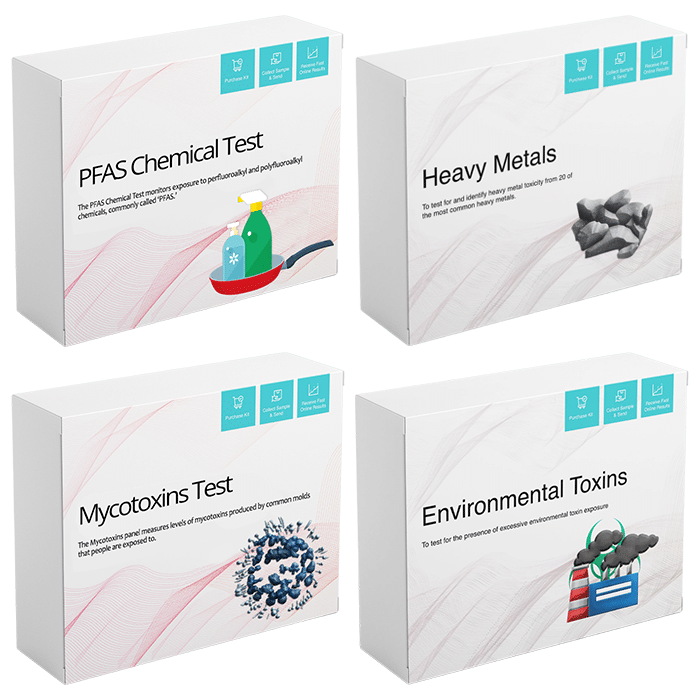Description
Heavy Metals Urine Test
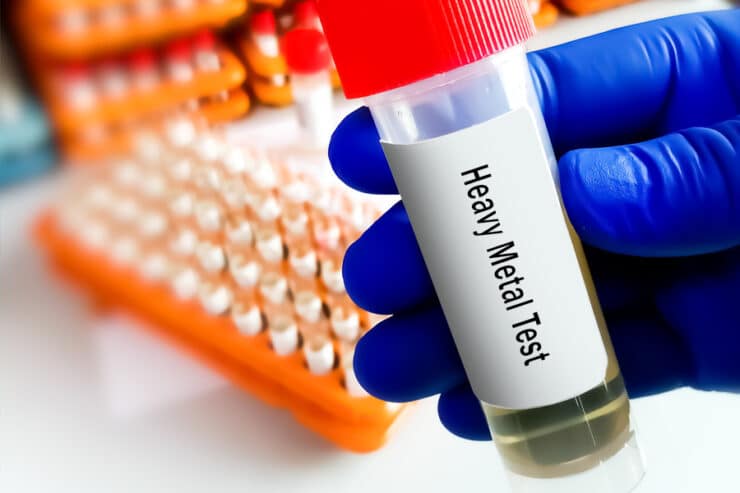
- Heavy metal toxicity is under-represented as a root cause of illness and disease in humans, is thought to affect over 1 million individuals annually, and can affect virtually all biological systems within the human body
- Heavy metals may be the root cause of common neurological disorders, gastrointestinal disorders, autoimmune diseases, and disorders associated with increased oxidative stress and cellular dysfunction
- Due to the ability of many heavy metals to deplete critical nutrients such as antioxidants and minerals, the Vibrant Heavy Metals test should be run alongside a Vibrant Micronutrient panel, to assess both intra- and extracellular levels of commonly affected nutrients
- Populations at greater risk of heavy metal toxicity include developing fetuses, children, and the immunocompromised, as well as individuals with impaired liver function and reduced antioxidant activity
- Heavy metals are present in all regions of the United States, and can accumulate in air, soil, and drinking or ground water sources in and around concentrated sources of heavy metals from industrial production or pollution
- Some professions and hobbies are at greater risk of heavy metal toxicity, including fuel, munitions, painting, rubber manufacturing, industrial smelting, mining, photographic processing, agriculture, semiconductors, welding, and waste or radioactive waste disposal sites
- The World Health Organization (WHO) considers 13 heavy metals of significance to human and environmental health: arsenic, cadmium, cobalt, chromium, copper, mercury, manganese, nickel, lead, tin, and titanium, however, there are other metals and metalloids that may be significant causes of health problems in humans
The Vibrant Heavy Metals test is a urine-based test to screen for 20 of the most common heavy metals known to accumulate and cause adverse health effects in the human body. This test can be taken either provoked or non-provoked. Discuss with your healthcare provider which option is best for you and consult a trained healthcare provider before attempting any heavy metal provocation protocols.
Heavy Metal Sample Report
Symptoms
Heavy Metals Toxicity Symptoms
Conditions and Symptoms Associated with heavy metal toxicity include:
- Neurological symptoms:
- cognitive decline, memory loss, ataxia, tremors, numbness, tingling, neuropathy, myopathy, Alzheimer’s disease, multiple sclerosis, paralysis, and Parkinson’s disease, tinnitus, irritability
- Respiratory symptoms:
- Lung disease, lung cancer, breathing problems, respiratory distress, pneumonia
- Cardiovascular and hematological symptoms:
- Anemia, RBC abnormalities, hypertension, low blood pressure, hypokalemia, edema, cancers of the blood
- Gastrointestinal symptoms:
- Nausea, vomiting, diarrhea, abdominal pain, reduced absorption of nutrients (particularly minerals), dry mouth, metallic taste, pancreatic cancer
- Skeletal and bone-related symptoms:
- Osteoporosis, reduced bone mineral density
- Dermatological symptoms:
- Dermatitis, eczema, dry skin, sweating, skin lesions, hyperpigmentation, hair loss, allergic skin reactions
- Renal and hepatic symptoms:
- Renal failure, elevated liver enzymes, hepatic damage, hepatic failure, suppressed hepatic detoxification, elevated hepatic enzymes
- Reproductive symptoms:
- Infertility, difficulty conceiving, birth defects, miscarriage
About Test
About Heavy Metals Test
Key Details
- Review your kit - When you receive the test kit in the mail, review its contents, and read through the information provided with the kit.
- This is a urine collection kit that you will collect for at home.
- Do not collect samples while menstruating.
- Avoid the following foods for 48 hours prior to collection.
- Seafood
- Dairy
- Seaweed/Kelp
- Brazil Nuts
- Other foods high in iodine or selenium
- Do not drink more than 8 oz water 1 hour prior to urine collection.
- Use FedEx to ship samples back to the lab as soon as possible, Monday - Friday only.
Preparation & Timing
- Do not collect samples while menstruating.
- Fasting is not required. However, fasting for 24 hours may increase the excretion of toxic chemicals.
- Please consult your healthcare practitioner prior to fasting.
- Do not drink more than 8 oz water 1 hour prior to urine collection.
Requisition & Payment
- Forms Included with your kit:
- Requisition form: Confirm your information is correct on this form.
- Since your kit has been prepaid, you do not need to fill in the payment information on any of these forms.
- Use the prepaid FedEx shipping envelope to send this back to the lab as soon as possible, Monday - Friday only.
The Vibrant Experience
Vibrant America is a leading science and technology company delivering life-transforming laboratory services using an integrated microarray platform that enables multiplex testing at an affordable cost.
Vibrant’s relationship with its patients and providers is special. We go out of our way to provide the value and resources our providers need to accurately interpret test results and give patients the most accurate health information.
The Most Accurate In the Industry
All tests run on Vibrant’s proprietary 3Dense microchip technology platform boast an unrivaled specificity and sensitivity – which translates to the highest standard of accuracy of results in the lab industry.
Our Lab Technology
Vibrant America is at the forefront of modern medicine. Our technology was developed out of passion for better medicine, and we believe that automation is the key to high-quality and accurate test results. Multiplexing tests on a single sample enable a fast turnaround time.
Our Mission
Dedicated to bring clinically relevant test at a rapid pace to enable affordable high-quality diagnostics to every individual.
- High-quality lab service
- Fully automated systems
- Low cost
- Fast Turn Around Time
Quality and Security
All of our laboratory testings is done in a CLIA and CAP-certified laboratory in California.
Vibrant America's Compliance Overview
FAQ
FAQ
What is the pre/post provocation protocol?
A provocation protocol for heavy metal testing consists of taking a substance, provoking agent, that flushes and readily binds to heavy metals from tissue and other hard-to-measure parts of the human body in order to detect the ‘hidden’ stores of heavy metals that are not found in blood and urine. Vibrant does not provide a provoking agent and does not give guidance on provocation protocols. Please consult with a trained and knowledgeable healthcare provider before attempting provocation.
- Print out 2 requisitions (label 1 as Pre-provocation HM & the other as Post-Provocation HM)
- Put the pre-provocation requisition along with the pre-provocation HM tube in 1 bag
- Put the post-provocation requisition along with the post-provocation HM tube in the other bag
- Ship both samples and requisitions together
Am I required to take a provoked sample for heavy metal testing?
No. You and your healthcare provider should discuss whether provoked or non-provoked samples are best for you.



